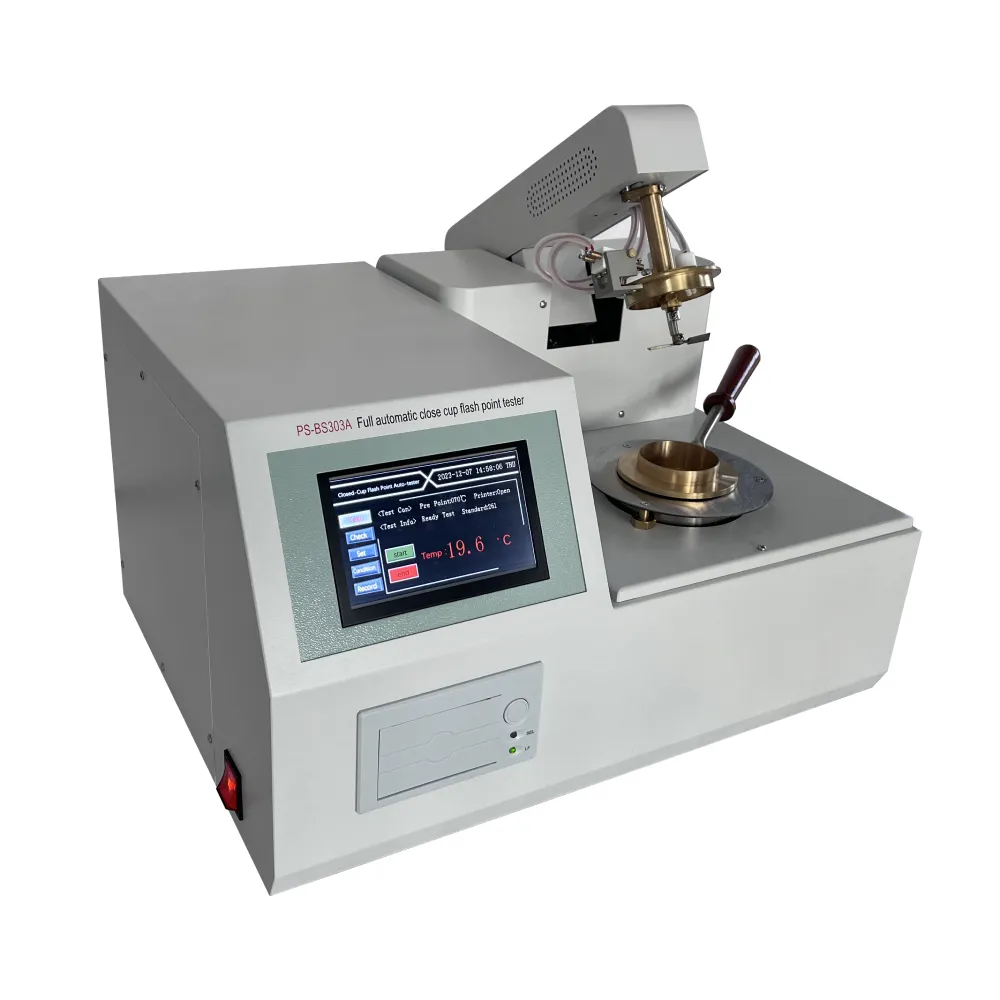 English
English



-
 Afrikaans
Afrikaans -
 Albanian
Albanian -
 Amharic
Amharic -
 Arabic
Arabic -
 Armenian
Armenian -
 Azerbaijani
Azerbaijani -
 Basque
Basque -
 Belarusian
Belarusian -
 Bengali
Bengali -
 Bosnian
Bosnian -
 Bulgarian
Bulgarian -
 Catalan
Catalan -
 Cebuano
Cebuano -
 China
China -
 China (Taiwan)
China (Taiwan) -
 Corsican
Corsican -
 Croatian
Croatian -
 Czech
Czech -
 Danish
Danish -
 Dutch
Dutch -
 English
English -
 Esperanto
Esperanto -
 Estonian
Estonian -
 Finnish
Finnish -
 French
French -
 Frisian
Frisian -
 Galician
Galician -
 Georgian
Georgian -
 German
German -
 Greek
Greek -
 Gujarati
Gujarati -
 Haitian Creole
Haitian Creole -
 hausa
hausa -
 hawaiian
hawaiian -
 Hebrew
Hebrew -
 Hindi
Hindi -
 Miao
Miao -
 Hungarian
Hungarian -
 Icelandic
Icelandic -
 igbo
igbo -
 Indonesian
Indonesian -
 irish
irish -
 Italian
Italian -
 Japanese
Japanese -
 Javanese
Javanese -
 Kannada
Kannada -
 kazakh
kazakh -
 Khmer
Khmer -
 Rwandese
Rwandese -
 Korean
Korean -
 Kurdish
Kurdish -
 Kyrgyz
Kyrgyz -
 Lao
Lao -
 Latin
Latin -
 Latvian
Latvian -
 Lithuanian
Lithuanian -
 Luxembourgish
Luxembourgish -
 Macedonian
Macedonian -
 Malgashi
Malgashi -
 Malay
Malay -
 Malayalam
Malayalam -
 Maltese
Maltese -
 Maori
Maori -
 Marathi
Marathi -
 Mongolian
Mongolian -
 Myanmar
Myanmar -
 Nepali
Nepali -
 Norwegian
Norwegian -
 Norwegian
Norwegian -
 Occitan
Occitan -
 Pashto
Pashto -
 Persian
Persian -
 Polish
Polish -
 Portuguese
Portuguese -
 Punjabi
Punjabi -
 Romanian
Romanian -
 Russian
Russian -
 Samoan
Samoan -
 Scottish Gaelic
Scottish Gaelic -
 Serbian
Serbian -
 Sesotho
Sesotho -
 Shona
Shona -
 Sindhi
Sindhi -
 Sinhala
Sinhala -
 Slovak
Slovak -
 Slovenian
Slovenian -
 Somali
Somali -
 Spanish
Spanish -
 Sundanese
Sundanese -
 Swahili
Swahili -
 Swedish
Swedish -
 Tagalog
Tagalog -
 Tajik
Tajik -
 Tamil
Tamil -
 Tatar
Tatar -
 Telugu
Telugu -
 Thai
Thai -
 Turkish
Turkish -
 Turkmen
Turkmen -
 Ukrainian
Ukrainian -
 Urdu
Urdu -
 Uighur
Uighur -
 Uzbek
Uzbek -
 Vietnamese
Vietnamese -
 Welsh
Welsh -
 Bantu
Bantu -
 Yiddish
Yiddish -
 Yoruba
Yoruba -
 Zulu
Zulu
11kv transformer testing
Testing of 11kV Transformers Importance, Methods, and Best Practices
Transformers play a critical role in electrical power distribution systems, and 11kV transformers are no exception. These devices enable the safe and efficient transfer of electricity across networks, ensuring that power reaches consumers without significant losses. However, like any electrical equipment, 11kV transformers require regular testing and maintenance to ensure their reliability and safety. This article explores the importance of testing 11kV transformers, the various methods employed, and best practices for effective testing.
Importance of Testing
The primary purpose of testing 11kV transformers is to ensure their operational integrity and safety. Over time, transformers can suffer from insulation degradation, overheating, and mechanical failures, which can lead to power outages or, in severe cases, equipment failure. Regular testing helps identify potential issues before they become critical, allowing for timely repairs and maintenance. Additionally, it ensures compliance with industry standards and safety regulations, thereby protecting both equipment and personnel.
Testing is also essential for maintaining the efficiency of the transformer. An inefficient transformer can result in increased operational costs, wasted energy, and higher carbon emissions. By regularly testing and maintaining transformers, utility companies can optimize performance and reduce their environmental impact.
Methods of Testing
Several testing methods are utilized to assess the condition of 11kV transformers. These include
1. Insulation Resistance Testing This test measures the insulation resistance of the transformer windings, ensuring that they are adequately insulated from ground and each other. A low insulation resistance may indicate moisture ingress or insulation deterioration.
2. Power Factor Testing Power factor testing evaluates the dielectric loss in the insulation system. A higher than normal power factor indicates that the insulation may be degrading and requires further investigation.
3. Transformer Turns Ratio (TTR) Testing TTR testing assesses the effectiveness of transformer windings and ensures that the turns ratio between the primary and secondary windings is within acceptable limits. This helps in identifying issues like shorted turns or open circuits.
11kv transformer testing

5. Dissolved Gas Analysis (DGA) DGA is a critical test for assessing the health of transformer insulation oil. By analyzing the gases dissolved in the oil, technicians can identify electrical faults, overheating, or other issues that may compromise the transformer's performance.
Best Practices for Testing
To achieve accurate and effective testing outcomes, certain best practices should be followed
- Schedule Regular Maintenance Establish a maintenance schedule that includes routine tests and inspections. This proactive approach helps in identifying issues early and extending the lifespan of the transformer.
- Conduct Tests Under Controlled Conditions Wherever possible, tests should be performed under stable and controlled environmental conditions to minimize any external influences on the results.
- Use Qualified Personnel Testing should only be conducted by trained and qualified professionals who understand the complexities of transformer technology and the importance of adhering to safety standards.
- Document Test Results Keeping detailed records of test results and maintenance activities is essential for tracking the transformer's health over time. This documentation can also assist in identifying trends that may require attention.
In conclusion, the testing of 11kV transformers is a vital component of ensuring their reliability and safety in electrical networks. By implementing regular testing routines and employing various diagnostic methods, utility companies can mitigate risks, optimize performance, and prolong the life of this essential equipment. Emphasizing preventive maintenance today not only safeguards the integrity of power systems but also supports the broader goals of sustainability and efficiency in energy use.
-
Testing Equipment Industry Sees Major Advancements in 2025: Smart & Precision Technologies Lead the WayNewsJun.06,2025
-
Applications of Direct Current Generators in Renewable Energy SystemsNewsJun.05,2025
-
Hipot Tester Calibration and Accuracy GuidelinesNewsJun.05,2025
-
Digital Circuit Breaker Analyzer Features and BenefitsNewsJun.05,2025
-
Benefits of Real-Time Power Quality Monitoring Devices for Industrial EfficiencyNewsJun.05,2025
-
Earth Fault Loop Testing in High-Rise Building Electrical SystemsNewsJun.05,2025



